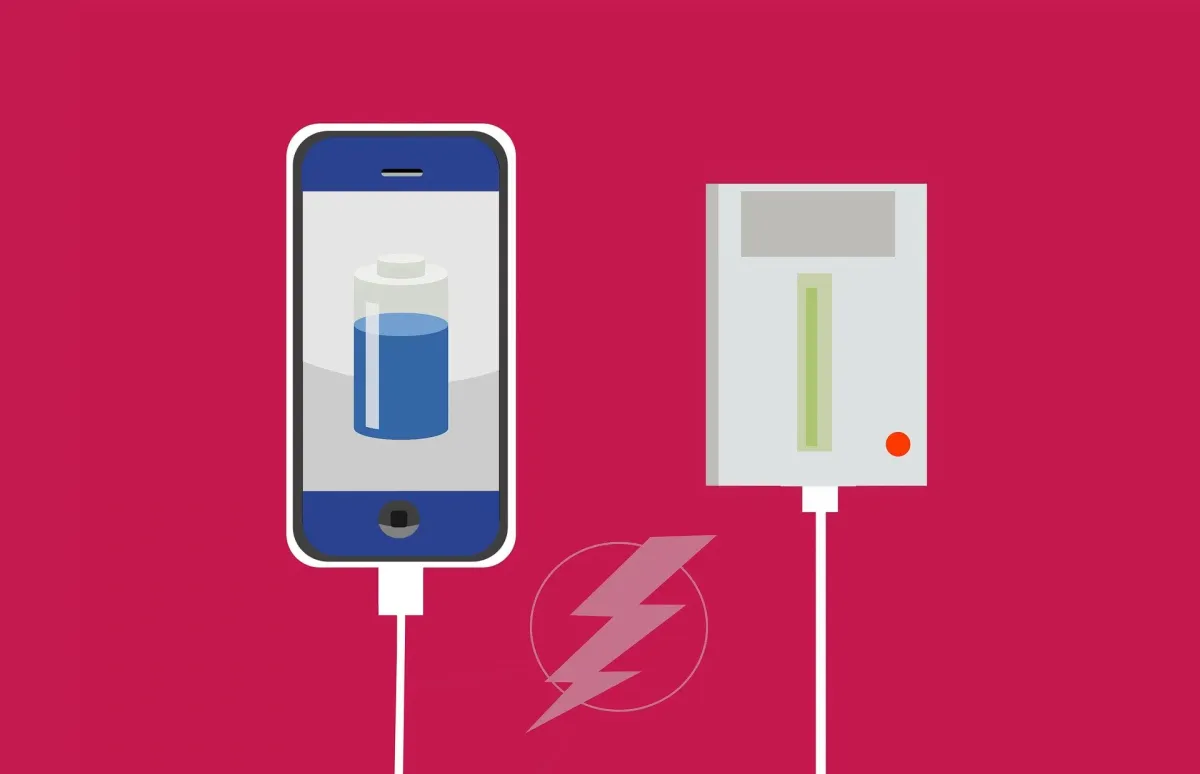The Powerbank Sharing Industry: History & Future Outlook
The concept of powerbank sharing can be traced back to the early 2010s when portable power banks started becoming more widely available. At first, these devices were primarily used by individuals who needed a backup power source for their mobile devices, such as smartphones and tablets.

The powerbank sharing industry has been a gamPostse-changer in providing a convenient and cost-effective solution for individuals who need a quick charge for their mobile devices on the go. But how did this industry come to be? In this article, we'll take a look at the history of the powerbank sharing industry and how it has evolved over time.
The Beginning
The concept of powerbank sharing can be traced back to the early 2010s when portable power banks started becoming more widely available. At first, these devices were primarily used by individuals who needed a backup power source for their mobile devices, such as smartphones and tablets.
However, as the demand for portable power banks grew, companies started to realize that there was an opportunity to provide a more convenient and cost-effective solution for consumers. This led to the birth of the powerbank sharing industry, with companies such as Rent-a-Charger and ShareCharge launching in the mid-2010s.
Growth and Expansion
The powerbank sharing industry proliferated over the next few years, with new companies and services launching worldwide. In 2017, companies like ChargeBox and ChargeItSpot started providing powerbank sharing services in public places such as airports, shopping malls, and universities.
In addition to centralized service providers, franchise sharing platforms such as Brick also emerged, allowing entrepreneurs to launch their network without the need for own development. This increased the accessibility and convenience of powerbank sharing, making it a popular option.
Challenges and Solutions
As with any emerging industry, the powerbank sharing industry has faced some challenges over the years. One of the biggest concerns has been battery life and the need to ensure that power banks are charged and ready to use when needed. To address this, many service providers have implemented systems to monitor and manage the battery life of their power banks.
Security has also been a concern for powerbank sharing services, as there is a risk of theft or damage to devices. To address this, many companies have implemented security measures such as tracking devices and secure lockers to keep devices safe.
Future of powerbank sharing Industry
The powerbank sharing industry shows no signs of slowing down, with many exciting developments on the horizon. As the industry continues to grow, service providers are likely to invest in new technologies to improve the efficiency and convenience of powerbank sharing. This could include faster charging times, more secure and sustainable power banks, and greater integration with mobile devices.
A thriving development in the powerbank sharing industry!
The powerbank sharing industry has come a long way since its inception in the early 2010s. From humble beginnings as a backup power source for mobile devices, powerbank sharing has grown into a multi-billion dollar industry with services available all around the world. While there have been challenges along the way, companies have found innovative solutions to ensure the convenience, cost-effectiveness, and security of powerbank sharing. With the continued growth and evolution of the industry, the future of powerbank sharing looks bright and promising for consumers and businesses alike.